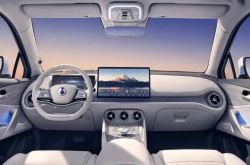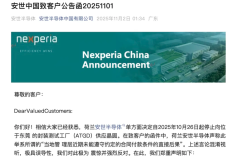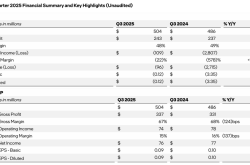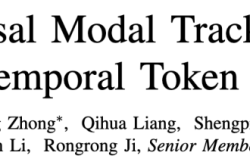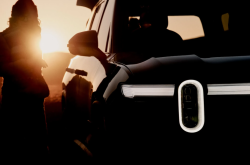Robotaxi Boom: How Close is Autonomous Driving to Its "iPhone Moment"?
![]() 07/03 2025
07/03 2025
![]() 635
635
Over the years, artificial intelligence has surged ahead, encompassing everything from large models to robots to autonomous driving. Recently, numerous companies have embarked on Robotaxi services, prompting the question: How close is autonomous driving to achieving its "iPhone moment"?

1. Are All Car Companies Launching Robotaxi Services?
According to a China Computer News report, the streets of South Austin, Texas, USA, recently witnessed the official launch of Tesla's Robotaxi service with 10 Tesla Model Y vehicles transformed into driverless taxis. Details such as a fixed fare of $4.2, app-based booking, and automatic synchronization of user personalization settings have garnered significant attention. Musk himself tweeted, "This is the achievement of 10 years of hard work!" Meanwhile, leading Chinese Robotaxi companies like WeRide and Pony.ai are expanding overseas, with deployments in Dubai and plans by Luobo Kuaipao to enter the Southeast Asian market by 2025.
Jianghai Securities predicts that by 2026, China's Robotaxi market will reach 500 billion yuan, with a penetration rate exceeding 30%. As Pony.ai and WeRide scale their fleets to thousands of units, China's Robotaxi industry is transitioning from technology verification to the threshold of large-scale profitability.
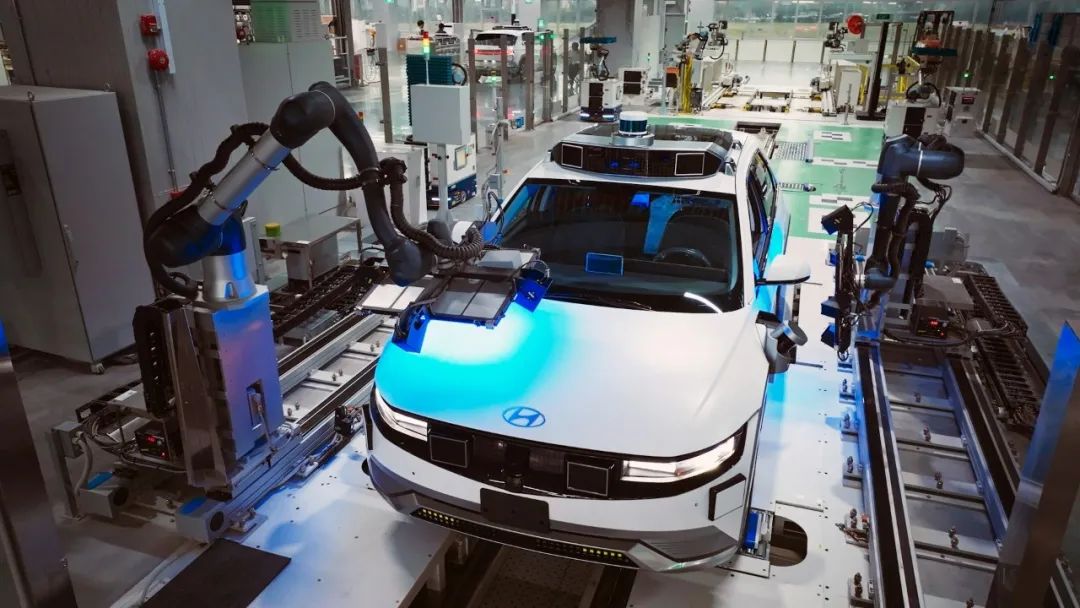
2. Why Has Robotaxi Reached a Turning Point?
With both China and the US launching Robotaxi services, the question arises: Why has Robotaxi reached a turning point? Firstly, the cost of core hardware such as lidar, computing chips, and sensors has plummeted, facilitated by technological advancements and economies of scale. For instance, lidar prices, once in the tens of thousands of dollars, have dropped drastically, making it feasible for even entry-level models. Luobo Kuaipao, by optimizing supply chain management and adopting the latest technologies, has reduced Robotaxi costs to levels comparable to ordinary ride-hailing services.
Secondly, autonomous driving algorithms have evolved significantly, leveraging big data, neural networks, visual learning, and multimodal fusion. Early algorithms were rule-based, struggling with complex scenarios. Today's data-driven algorithms, enhanced by neural networks and visual learning, enable more accurate environmental perception and decision-making, significantly improving user experience.
Thirdly, the infrastructure for autonomous driving is becoming increasingly robust. The widespread adoption of 5G and faster networks, coupled with road interconnection and geographic information systems, provides low-latency, high-bandwidth communication, enhancing driving efficiency and safety.
Autonomous driving has thus entered a fast lane, with the evolution from Level 2 to Level 4 being a pivotal step towards the widespread adoption of Robotaxi.
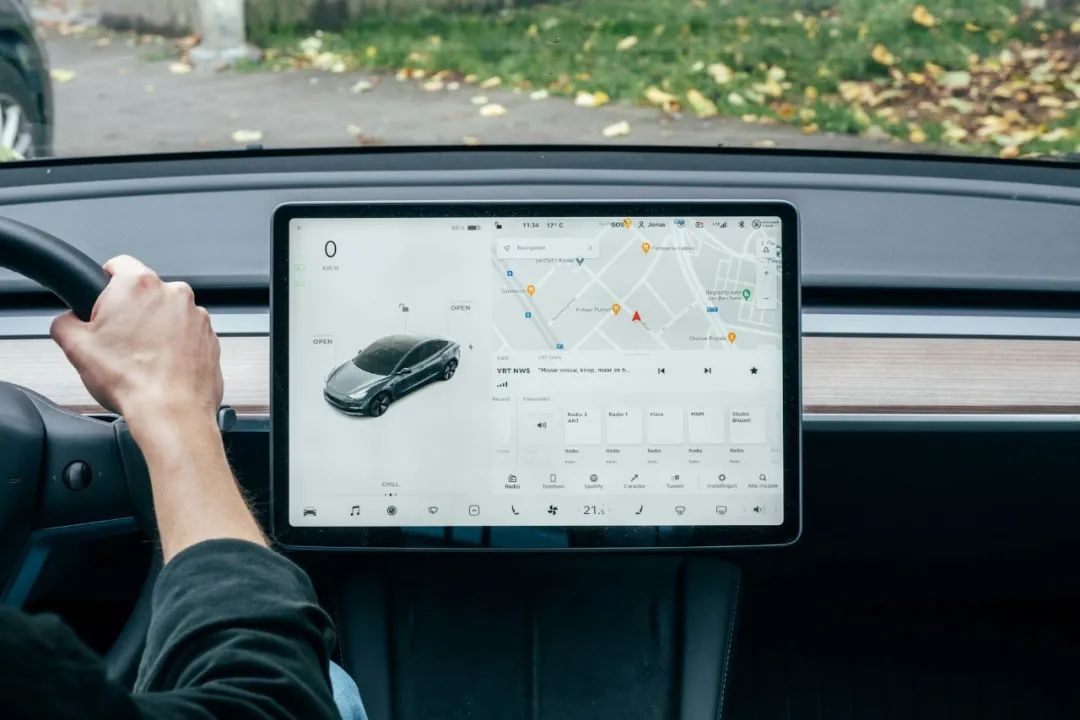
3. How Close is Autonomous Driving's "iPhone Moment"?
As Robotaxi technology matures, the question arises: How close is it to achieving full-scale popularization akin to the iPhone? Firstly, regulatory attitudes play a crucial role. While many countries are piloting projects, full implementation hinges on regulators' willingness to deregulate and foster rapid Robotaxi development, balancing public safety with technological innovation.
Secondly, a viable business model is essential. High costs associated with sensors, computing equipment, and research and development make Robotaxi uncompetitive initially. Companies are addressing this by optimizing vehicle design, increasing component localization, and exploring diversified revenue streams such as advertising and data services. For instance, Luobo Kuaipao in Wuhan is still grappling with costs, highlighting the need for ongoing cost optimization and revenue growth.
Thirdly, public trust is key. Currently, trust in autonomous taxi services is low due to safety concerns. Building trust requires time and consistent performance, as any accident or malfunction can severely erode public confidence. Handling extreme situations effectively is crucial, requiring extensive real-case learning and simulation training to enhance decision-making logic and minimize accident risks.
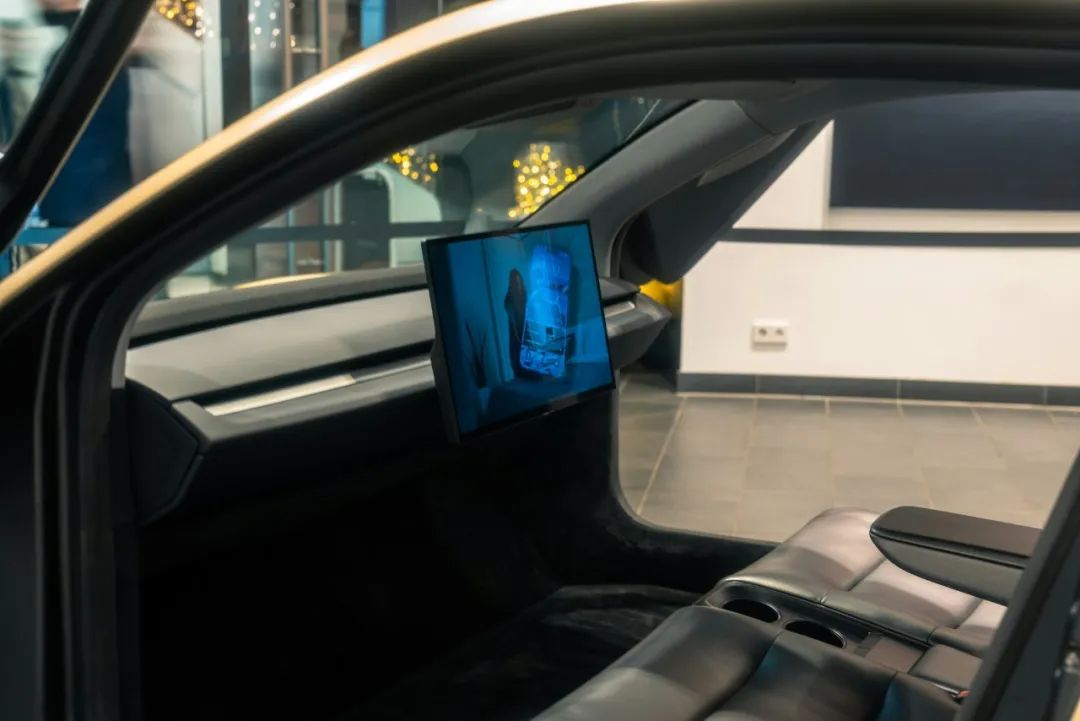
In summary, Robotaxi presents immense opportunities and market potential, poised to revolutionize transportation. However, achieving full-scale popularization akin to the iPhone moment requires overcoming regulatory, business model, and public trust challenges through relentless technological innovation.

